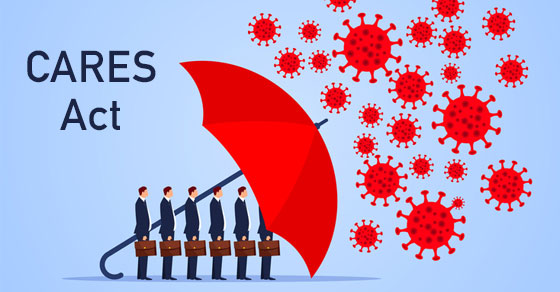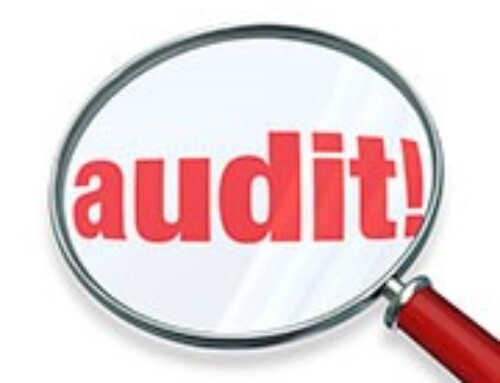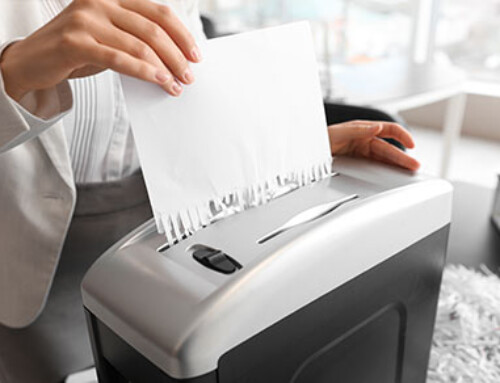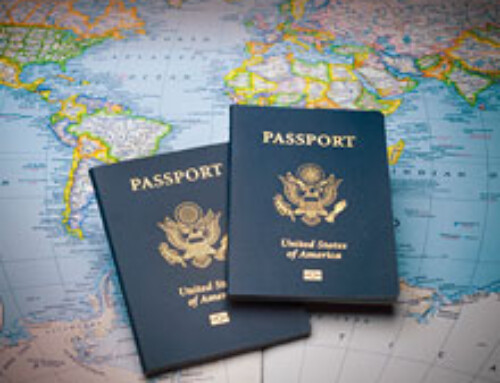Information provided by ADP, Eye on Washington
The U.S. Senate unanimously passed the Coronavirus Aid, Relief, and Economic Security Act (H.R. 748, “CARES Act”) on March 25, 2020. President Trump signed the bill into law on Friday, March 27, 2020. This expansive 880-page bill is intended to be another round of federal government support to individuals, businesses, hospitals and specific industries in dealing with the COVID-19 pandemic and its associated economic consequences.
On March 27, 2020, ADP® published Part 1 of our Eye On Washington on the CARES Act, providing a high-level summary of the CARES Act employer tax, retirement, paid leave and unemployment insurance provisions, as well as the direct payment to individuals provision. Below is a summary of other provisions of the CARES Act offering substantial relief to small businesses through loan and debt relief programs administered by the U.S. Small Business Administration (“SBA”).
I. Paycheck Protection Program (“PPP”) Forgivable Loans (Sections 1102 & 1106)
Businesses and nonprofit organizations with 500 or fewer employees, as well as sole proprietors, independent contractors and self-employed individuals, may be eligible for a new loan program from February 15, 2020 to June 30, 2020. This program will provide federally guaranteed loans, in amounts determined by a formula, with a maximum loan amount of $10,000,000. Loan proceeds can be used for payroll, mortgage interest or rent, health-care benefits payments, utility payments, and certain other costs, and are forgivable in an amount equal to the sum of such costs incurred or payments made during the eight weeks after loan disbursement, if employers maintain employment and wage levels.
To apply, businesses must have been in operation, with employees, on February 15, 2020. Businesses will need to make good-faith certifications that current economic uncertainty makes the loan necessary and the loan proceeds will be used for retaining workers, maintaining payroll or covering certain existing overhead costs. The SBA will issue streamlined eligibility criteria, and businesses will not need to show that credit was unavailable elsewhere. The loans will be at an interest rate no higher than four percent (4%), waiving all loan fees, collateral and personal guarantee requirements and subsidy recoupment fees. Employers that participate in the PPP are not permitted to defer employer Social Security taxes under the CARES Act.
There is flexibility for some businesses for determining the 500-employee limit. For example, Hospitality and Food Service industries (NAICS Code 72) may evaluate the number of employees based on each physical location. Certain franchises may also qualify as separate businesses, and the SBA will waive certain existing SBA affiliation rules. Businesses can also use, if applicable, the existing size standard established by the SBA for the number of employees for an industry. Whether a portfolio company of a private equity or venture capital firm is affiliated with its sponsor or with other portfolio companies will depend on the particular facts and circumstances, and existing SBA affiliation standards will apply.
The maximum amount of a loan is 2.5 times the average monthly payroll costs for the year prior to the loan date, up to a limit of $10,000,000. There are alternate calculation periods for seasonal employers and those not in business between February 15, 2019 and June 30, 2019. In addition to wages, commission, cash tips and other compensation, the calculation of payroll costs includes health-care costs such as insurance premiums, state/local employer taxes, retirement benefits and other specified costs. However, this calculation excludes the prorated portion of annual wages over $100,000 per employee, as well as federal taxes, workers’ compensation premiums and certain other items.
PPP loans may be used to retain workers and maintain payroll, and to pay for specified expenses, including health-care benefits payments, mortgage interest, rent and utility payments. The loan amounts are forgivable to the extent that employers incur or pay payroll costs, health-care benefits payments, mortgage interest, rent and utility payments during the eight-week period following the date of the loan. However, the prorated portion of any compensation over $100,000 per year for an individual employee is not forgivable. The amount of the loan forgiven is reduced based on the failure to maintain the average number of full-time-equivalent employees compared to either the prior-year period or the period from January through February 2020. The amount forgiven is also reduced to the extent that compensation for any individual making less than $100,000 per year is reduced by more than 25 percent measured against the most recent full quarter of employment before the covered period. There is an alternative calculation for seasonal employers. However, reductions in the number of employees or compensation occurring between February 15 and April 26, 2020 will not be considered in reducing the loan forgiveness amount if reversed by June 30, 2020. Businesses do not need to pay interest on loan amounts forgiven, and forgiven amounts are also excluded from federal taxable income.
II. Economic Injury Disaster Loans and Emergency Economic Injury Grants(Section 1110)
The CARES Act also expanded access to the SBA’s existing Economic Injury Disaster Loans (EIDL) program to businesses with fewer than 500 employees, sole proprietorships and independent contractors. EIDLs are low interest loans of up to $2,000,000, with principal and interest deferment at the SBA’s discretion. Eligible businesses that suffer substantial economic injury, as a result of a disaster or emergency (which now includes COVID-19), can apply for an EIDL through December 31, 2020. EIDL proceeds can be used to pay for expenses that could have been met had the disaster not occurred, including payroll and other operating expenses. Under the CARES Act, the SBA will relax or waive certain rules and requirements for loan eligibility. The loan will bear a low rate of interest, but is not eligible for forgiveness.
An eligible business that applies for an EIDL can also obtain an emergency advance of up to $10,000 within three days of when the SBA receives the EIDL application. To access the advance, businesses must first apply for an EIDL and then request the advance. The advance does not need to be repaid under any circumstance, and may be used to keep employees on payroll, to pay for sick leave, meet increased production costs due to supply chain disruptions, or pay business obligations, including debts, rent and mortgage payments.
An employer that applies for an EIDL (regardless of whether related to COVID-19) may also apply for a PPP loan, so long as both loans are not used for the same purpose or are otherwise duplicative. An employer can also refinance an existing EIDL into a PPP loan by adding the amount of an EIDL to the sum of the payroll costs. However, any advance amount received under the EIDL Grant Program would be subtracted from the amount forgiven of the PPP loan.
III. Expansion of SBA Express Loans (Section 1102)
Businesses and nonprofit organizations with fewer than 500 employees, sole proprietorships and independent contractors that have suffered economic injury due to COVID-19 may also be eligible for a loan under the existing SBA “Express” Loans program. The SBA Express Loans program helps small businesses obtain loans in a faster and easier way. These loans provide businesses with revolving lines of credit for working capital purposes.
The CARES Act expands the allowable uses for loans under this program to permit payroll support, including paid sick leave, supply chain disruptions, employee salaries, mortgage payments and other debt obligations, to provide immediate access to funds for affected small businesses. The CARES Act increases the maximum loan amount for SBA Express loans from $350,000 to $1,000,000, until December 31, 2020. The CARES Act also reduces the cost of participation in the program by providing fee waivers, an automatic deferment of payments for up to one year, and no prepayment penalties.
IV. Small Business Debt Relief Programs (Section 1112)
For small businesses with current non-disaster SBA loans, under the CARES Act, the SBA will cover all loan payments on these loans, including principal, interest and fees, for six months. This relief will also be available to new borrowers who take out loans within six months of March 27, 2020. PPP Loans and EIDLs are not eligible for this debt-relief program.
The loans eligible for this relief include those guaranteed by the SBA, such as the SBA Business Loan Program (including the Community Advantage Pilot Program, but excluding PPP Loans) or Title V of the Small Business Investment Act. Loans made by an intermediary to a small business using loans or grants received under the SBA’s Microloan Program are also eligible.






